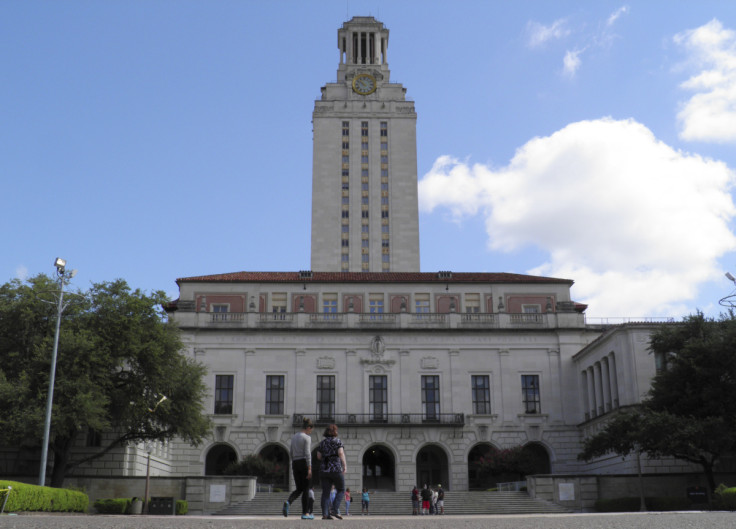
NEW YORK CITY - Amid an increased scrutiny against Diversity, Equity and Inclusion (DEI) programs across the country, Hispanic-Serving Institutions are on the rise, with about 1,000 schools falling or being on the cusp of falling in this category, a new study by Excelencia in Education shows.
As per federal legislation, Hispanic-Serving Institution (HSI) are those where 25% or more of the total undergraduate full-time students are Hispanic. Given this definition, the number of HSIs changes drastically every year.
As of 2024, these types of institutions represent around 20% of colleges across the country, yet they enroll over 60% of all Latino undergraduates, according to Excelencia in Education.
"Sharing an annual list of HSIs broadly informs the field of where Hispanics are enrolling," Deborah Santiago, co-founder and CEO of Excelencia said in regard to the recently published study.
Concretely, 600 colleges and universities met the enrollment definition to be considered an HSI in 2024. 412 more came close to doing so, therefore being cataloged as "Emerging HSIs." Combined, HSIs enrolled 1.4 million Latino undergraduate students, which represents about half of the schools' population from this demographic.
The majority of HSIs are located in cities (more than 80%) or suburbs. They are also geographically concentrated, the study reports. HSIs are located in 28 states, including the District of Columbia and Puerto Rico. States with high Latino populations also saw the most HSIs. For instance, California saw the most HSIs (172), followed by Texas (111), Puerto Rico (56) and New York (39).

Even states that are not generally known for having large Latino populations, such as Arkansas, Indiana and Kansas, have at least one HSI.
When it comes to the different approaches to education, Excelencia reports that a majority of HSIs are four-year (60%) and public schools (69%). Also, of the 600 already considered HSIs, more than a third offer graduate degrees in different fields.
But despite these institutions being on the rise, they are also facing distinct challenges.
A large sum of Hispanic-Serving Institutions are not reporting extensive facility and digital infrastructure needs, a new study by the U.S. Government Accountability Office (GAO) shows. An estimated average of 43% of HSIs' building space needs replacement, most of which are due to deferred maintenance backlogs, damage from natural disasters or severe weather and lack of modernization.
Similarly, 10% of students in these schools cannot reliably connect to the internet off-campus either because they cannot afford an internet connection or they lack an appropriate device. In the same realm, most HSIs (an estimated 74%) have also experienced a cyber attack within the previous 5 years.
These studies comes at a difficult time for higher education and its relationship with diversity.
Diversity, Equity and Inclusion efforts, which sought to drive higher opportunities and fair access to minorities, are coming under scrutiny across the country, particularly Republican and conservative lawmakers. They claim that these programs are discriminatory and attempt to solve racial discrimination by disadvantaged other groups.
© 2024 Latin Times. All rights reserved. Do not reproduce without permission.







